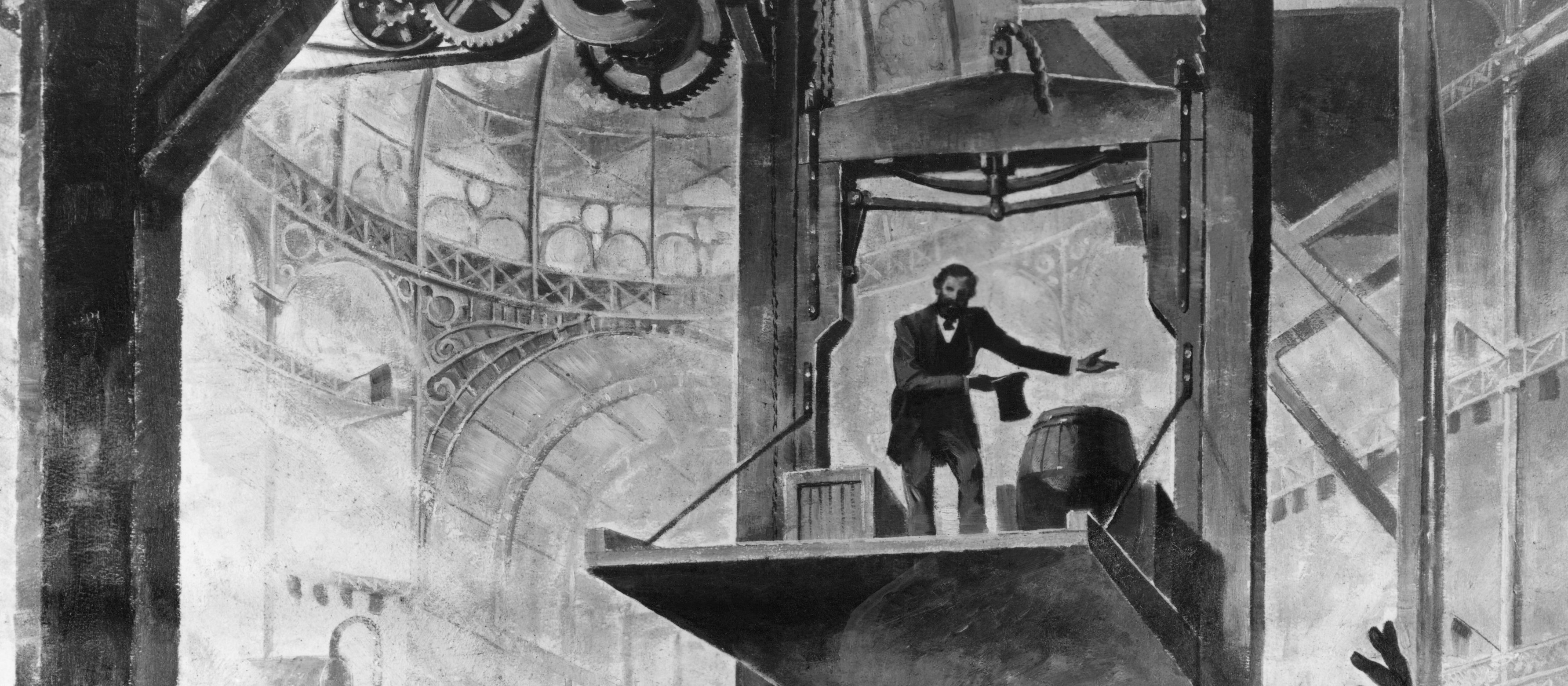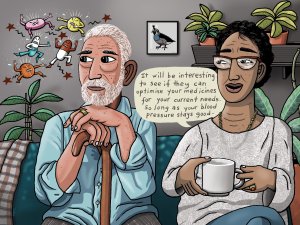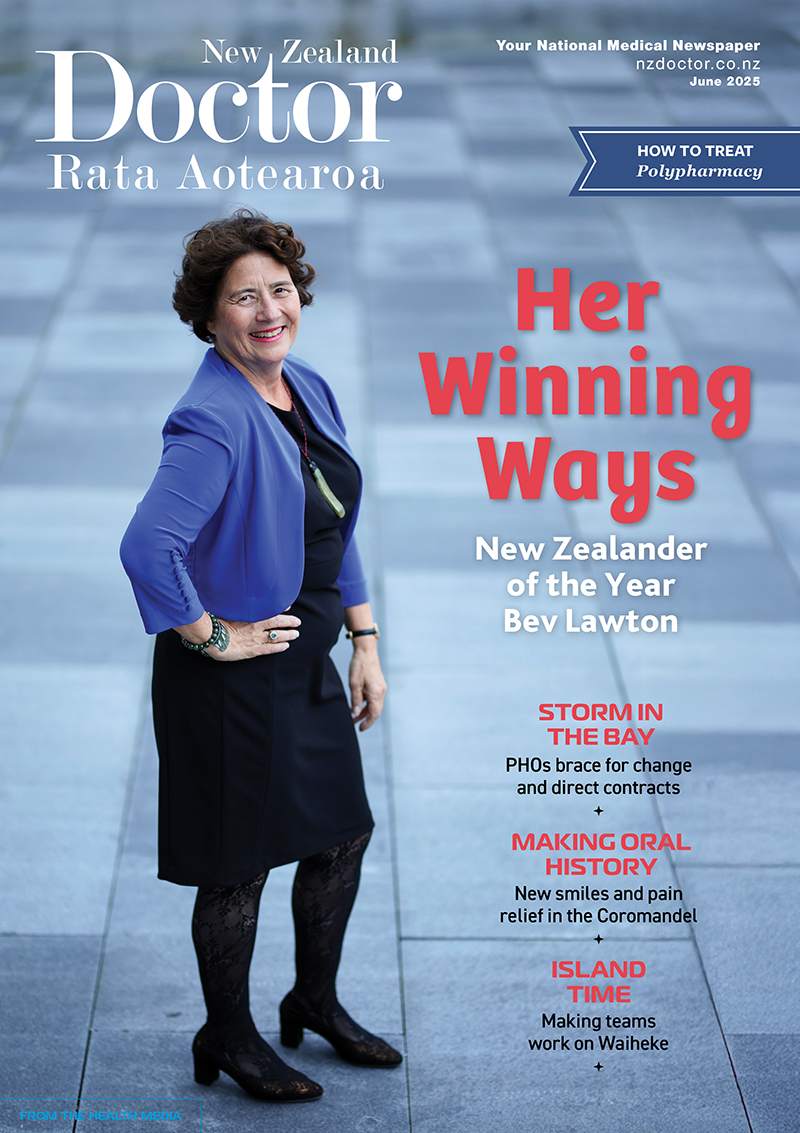For older people and frail people, the long-term benefit of medicines reduces and the potential for harm from adverse effects increases. When the benefit–risk balance changes in this way, medicine review and optimisation are important to simplify the therapeutic regimen, reduce inappropriate medicines and minimise risks. In this article, pharmacist prescriber Linda Bryant uses two case studies to illustrate important considerations during medicine reviews
Can a building make you sick? Indoor air quality a key factor
Can a building make you sick? Indoor air quality a key factor

Occupational health expert David McBride looks at the situation in which people experience various non-specific symptoms that appear linked to time spent in a building
Kia ora and welcome to New Zealand Doctor Rata Aotearoa
Not a subscriber? Unlock this article by subscribing here.
1. Clarke A. Building a medical campus. 13 March 2017.
2. Hicks JB. Tight building syndrome: when work makes you sick. Occup Health Saf 1984 Jan:51–56.
3. Robertson AS, Burge PS. Building sickness. Practitioner 1985;229(1404):531–34.
4. World Health Organization. WHO guidelines for indoor air quality: dampness and mould. WHO, Regional Office for Europe; 2009.
5. Acoustic Engineering Services. NZTA Ventilation Specification Review. Wellington, NZ: New Zealand Transport Agency; 2020.
6. Standards New Zealand. NZS 4303: Ventilation for acceptable indoor air quality. 1990.
7. Tähtinen K, Remes J, Karvala K, et al. Perceived indoor air quality and psychosocial work environment in office, school and health care environments in Finland. Int J Occup Med Environ Health 2020;33(4):479–95.



